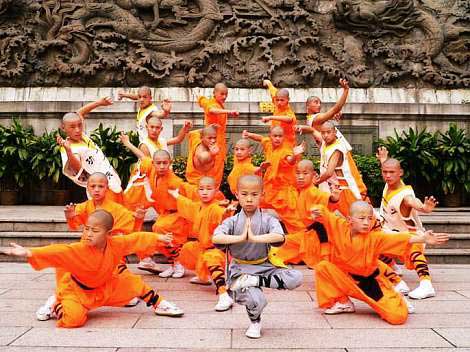The Chinese culture is one of the oldest and most complex cultures in the world. It has been influenced by China’s long history and by its diverse ethnic groups which customs and traditions could vary greatly between towns, cities and provinces. Despite all of its regional diversity, Chinese culture is in the blood of Chinese art and is reflected on many different aspects.
Beijing Opera is the most significant of all operas in China, and it has a richness of repertoire, great number of artists and audiences, that give it a profound influence in China and plays a large role in Chinese culture.
Tea is an important part of Chinese tradition. The practice of tea culture can bring the spirit and wisdom of human beings to a higher orbit. Tea has an extremely close relationship to Chinese culture, and its study covers a wide field and has very rich content. It not only embodies the spirit of civilization, but also the spirit of ideological form.
Chinese kung fu, or Chinese martial arts, is one of the most well-known examples of traditional Chinese culture. The theory of kung fu is based upon classical Chinese philosophy. Over its long history it has developed as a unique combination of exercise, practical self-defense, self-discipline, and art.
Calligraphy in China was considered as a means of self-expression and cultivation. Chinese written characters have a unique ability to express spiritual feelings and other emotions as well as character and integrity, and can even convey the temperament of the one doing the writing. It is an art form requiring mental disciple, which involves both the body and soul.
The Four Gentlemen, also called the Four Noble Ones, in Chinese art refer to four plants: the plum, the orchid, the bamboo, and the chrysanthemum. The term matches the four plants with junzi, or “gentlemen” in Confucianism. The orchid for spring, the bamboo for summer, the chrysanthemum for autumn, and the plum blossom for winter. Orchid symbolizes humility and nobility; bamboo represents tolerance, values of cultivation and integrity; chrysanthemum connotes the virtue to withstand all adversities; plum blossom serves as a metaphor for inner beauty and humble display under adverse conditions.






